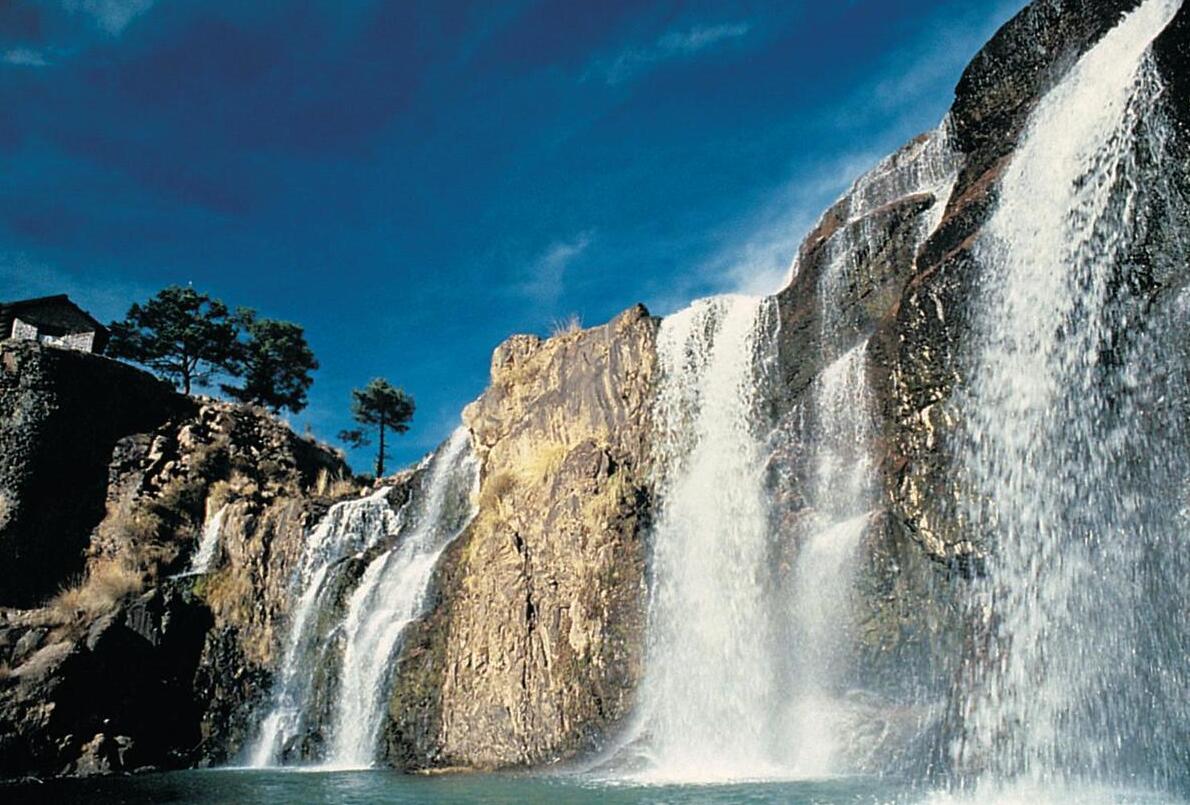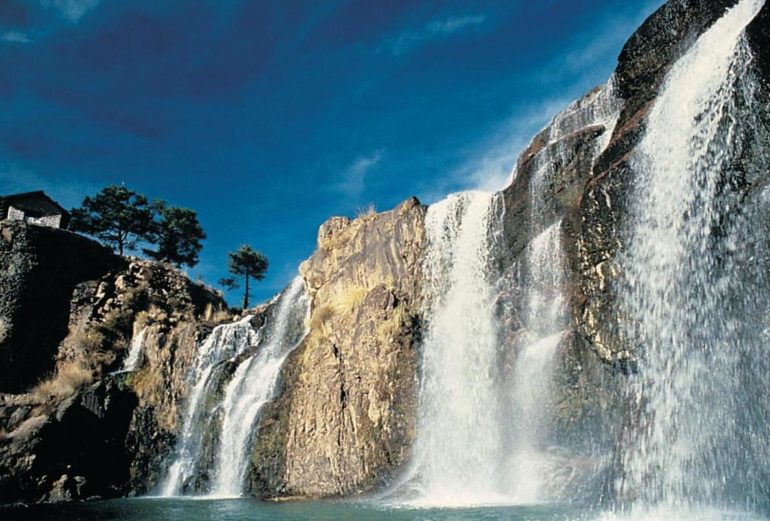Climate
Mexico is located in the tropical and subtropical zone, and has a variety of climates due to the topographical conditions and its extensive north-south extent. Typically, the country is divided into four temperature zones according to altitude. Tierra caliente , ‘the warm land’, is up to 900 meters above sea level and is characteristic of the lowland areas on the coasts. The average temperature in the coldest month is around 20-25 ° C, in the warmest month 28-30 ° C. Tierra templada , ‘the temperate land’, lies between 900 and 1800 meters above sea level, and includes most of the central plateau. The coldest and hottest months have mean values of 15–20 °C and 20–25 °C, respectively. Expensive holidays“the cold land”, located between 1,800 meters above sea level and the snow border, is characteristic of the Mesa Central basin areas and mountain slopes (the “Central Plateau”). The average temperature here is 10–15 °C in the coldest month and 15–20 °C in the warmest month. Frost is common in the coldest months (from December to January). The fourth temperature zone, Tierra helada, ‘the frozen land’, comprises only the highest mountain peaks above the snow border (about 3600 meters above sea level), where the temperature is below 10 °C throughout the year.
Most of Mexico is in the northeastern belt, so the country’s east side has plenty of rainfall. The dry season is short here (December – March), and the average annual rainfall is between 1000 and 3000 mm. However, parts of the low-lying Yucatán Peninsula get less than 750 mm per year. The southern parts of the Pacific coastline also have high rainfall due to maritime, southwesterly winds that blow in the summer. Most of the central plateau, on the other hand, lies in the mountains of the mountains and has steppe or desert climate. The annual rainfall is 100–500 mm with a short rainy season in June – September. Some areas in the north and northwest receive less than 100 mm of precipitation a year. The higher, southern parts of the plateau have a somewhat greater rainfall than the northern parts (500-1000 mm).
Temperature and rainfall
| Temperature | Rainfall | ||||||||||
| HOTTEST MONTH | COLDEST MONTH | ANNUAL | WETTEST MONTH | DRYEST MONTH | |||||||
| Maximum | Minimum | Maximum | Minimum | ||||||||
| ° C | ° C | ° C | ° C | mm | mm | mm | |||||
| Salina Cruz | May | 33 | 26 | December to February | 29 | 22 | 1030 | September | 297 | March April | <3 |
| Mérida | May | 34 | 22 | December | 28 | 18 | 930 | June | 173 | February | 18 |
| Ciudad de Mexico | May | 26 | 12 | January | 19 | 6 | 750 | July | 170 | February | 5 |
| Monterrey | August | 33 | 22 | December | 18 | 10 | 580 | September | 132 | January | 15 |
| La Paz | July | 35 | 24 | January | 22 | 14 | 145 | September | 36 | March to May | 0 |
The temperatures stated are the average daily maximum and minimum for the month in question.




